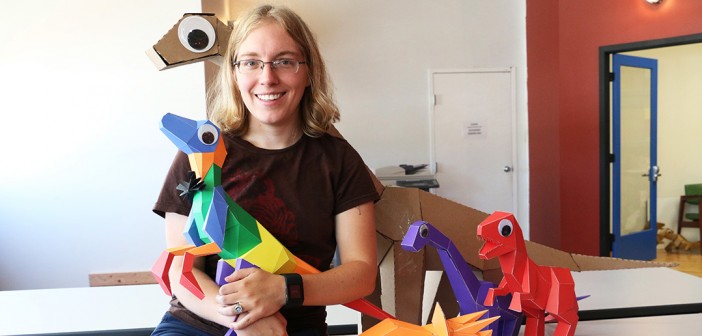
Possibly the best attribute of the AAD education is its flexibility. You are given the opportunity and time to take a wide range of classes, both within the department and across the university. It is supportive of interdisciplinary work and many assignments in the core classes allow enough flexibility to delve deeper into one’s personal interests. In an increasingly tech-obsessed world, Lehigh’s AAD department has struck a balance between digital and by-hand work, embracing the benefits of both.
This continual renewal of real-world experience makes itself apparent in the projects given to us as students. Some design and architecture projects even encourage direct interaction with the community- such as designing window displays for various shops on 4th street, or conversing with city officials on ‘greenway expansion’ projects.
My AAD education encouraged me to go above and beyond when I saw the opportunity to do so. It encouraged me to see materials and objects not for what they were, but what they could be. Trash could inspire oil paintings. Cardboard could be kinetic and mechanical. Invisible paths of motion could inform the design of a landscape. Play was serious, and experimentation took precedence over the predictable outcome. I took these lessons with me into the Technical Entrepreneurship graduate program (also at Lehigh), where I created a 15-ft long cardboard dinosaur costume as part of a homework assignment. This costume, designed using programs and skills I had acquired during my undergraduate education in architecture and fine arts, turned into a business involving flat-packed miniature dino kits, called KitRex. I launched a kickstarter campaign for KitRex in the spring of 2014 and raised over 100K to mass produce these origami-inspired puzzle-crafts. The skills I needed to run a business I learned in the Master’s program, but they would have found little application without the foundation I received through the AAD Department.

